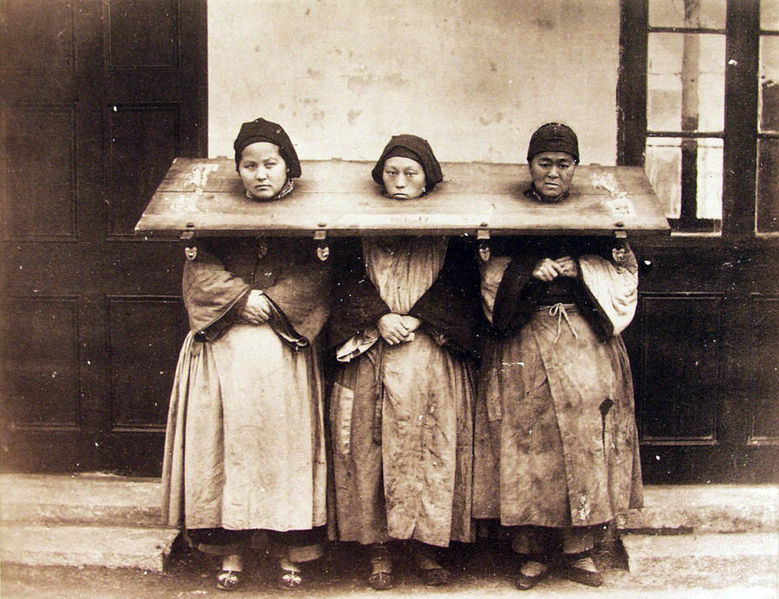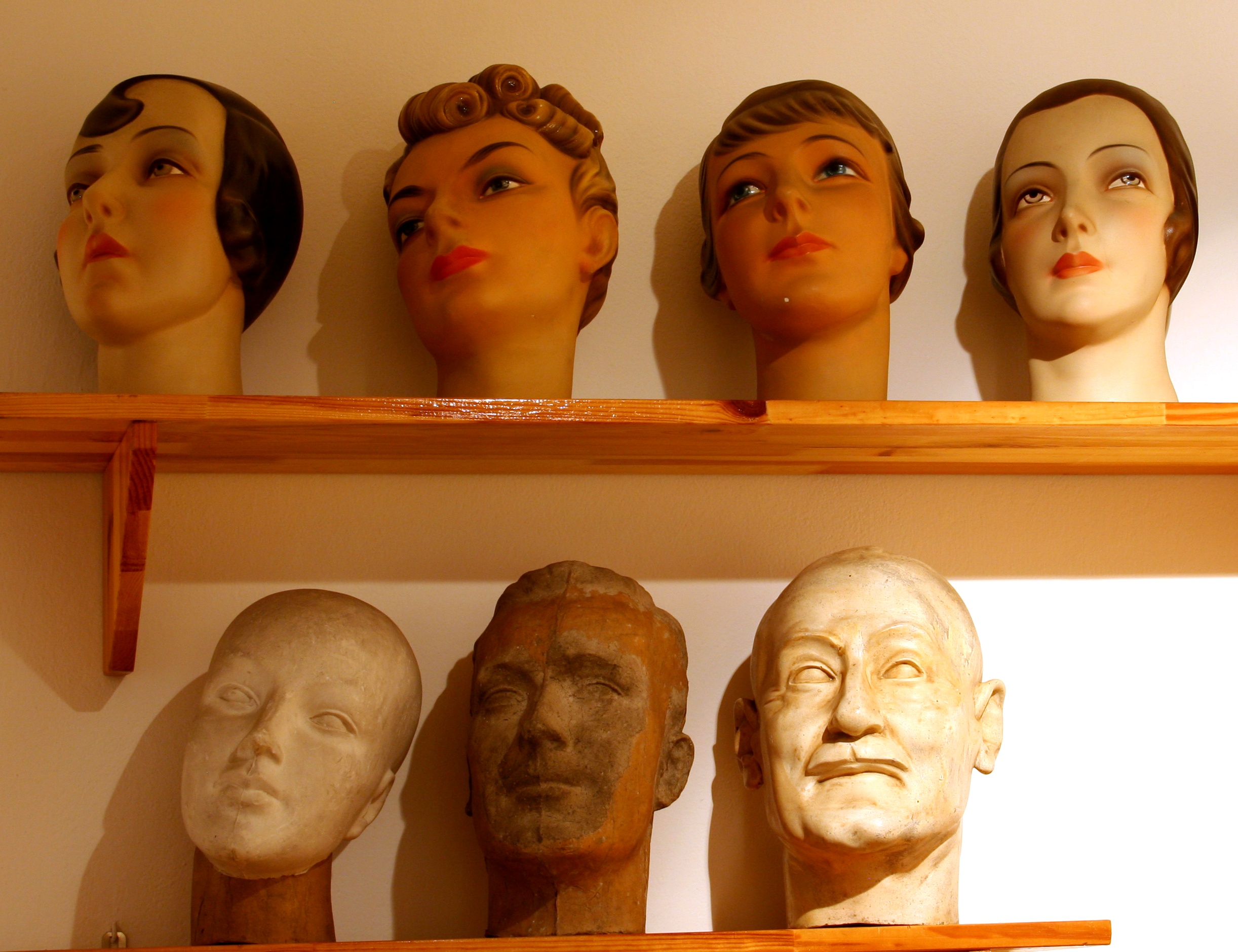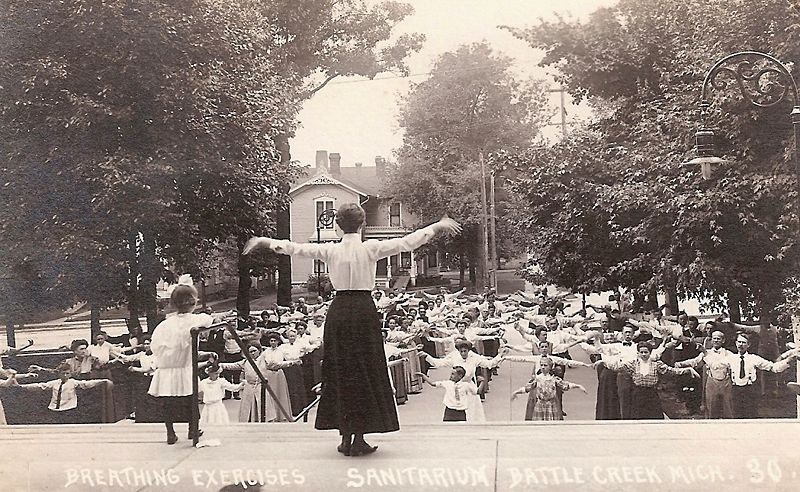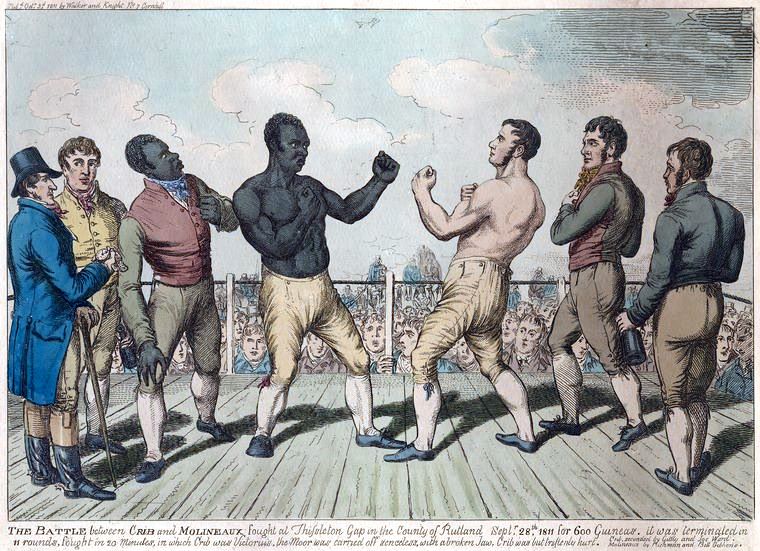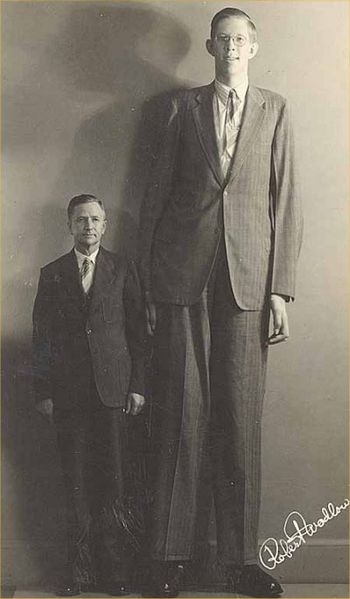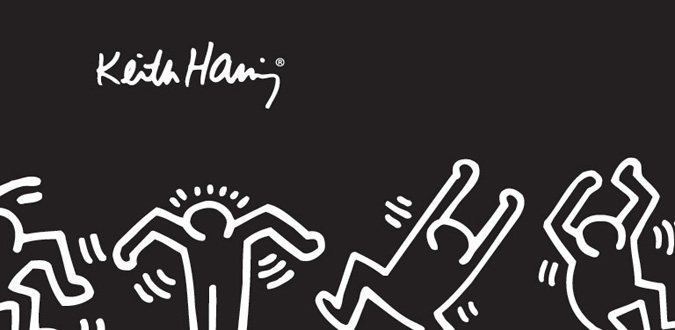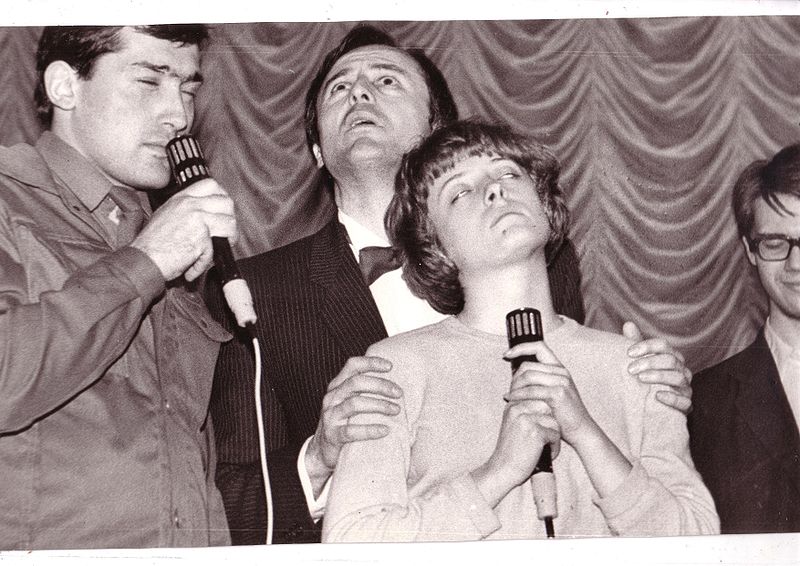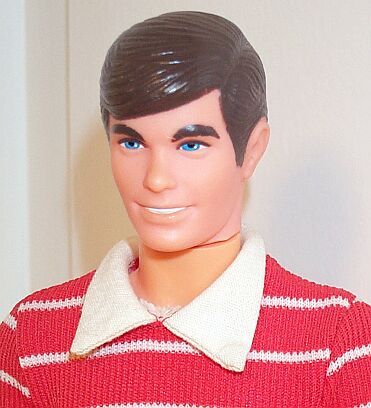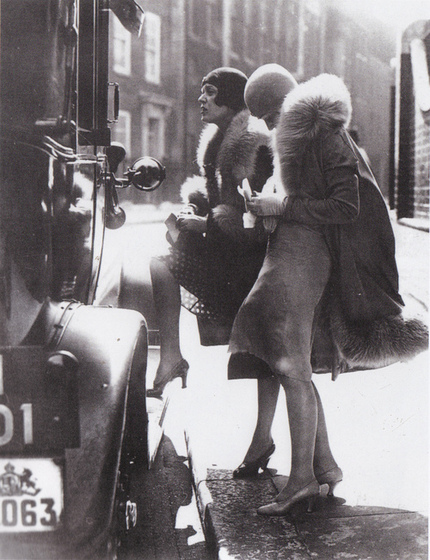I’m always posting clips from What’s My Line?, the 1950-67 quiz show in which a panel attempts to guess the identity of mystery guests. It’s incredibly addicting Youtube viewing because the program had an amazing roster of guests, from Eleanor Roosevelt to Brian Epstein to the last living witness of the Lincoln assassination. But the show on November 7, 1965 was particularly poignant, even though the celebrity guest was merely Joey Heatherton, who was best known for being breathy and blond.
That episode marks the final appearance of longtime panelist Dorothy Kilgallen, a New York newspaper columnist. A few hours after the live broadcast, Kilgallen overdosed on alcohol and barbiturates, dying alone in her apartment. The following morning her hairdresser discovered her lifeless body.
That would have been the end of the story, a drug-related death, an accident or, perhaps, suicide, except that Kilgallen had been an outspoken critic of the Warren Commission and had become a confidante of Jack Ruby. She promised publicly that she had information which would explode the commission’s findings about the JFK assassination and complained privately to friends that she believed she was under surveillance. In the wake of a shadowy murder of an American President, many wondered–some still do–if Kilgallen was silenced by foul play. My assumption is that her death was simple and sad, but the conspiracy theory speaks to the distrust people had for the government at the time.
The final guest, after Heatherton, is pioneering female sportswriter, Elinor Kaine.

